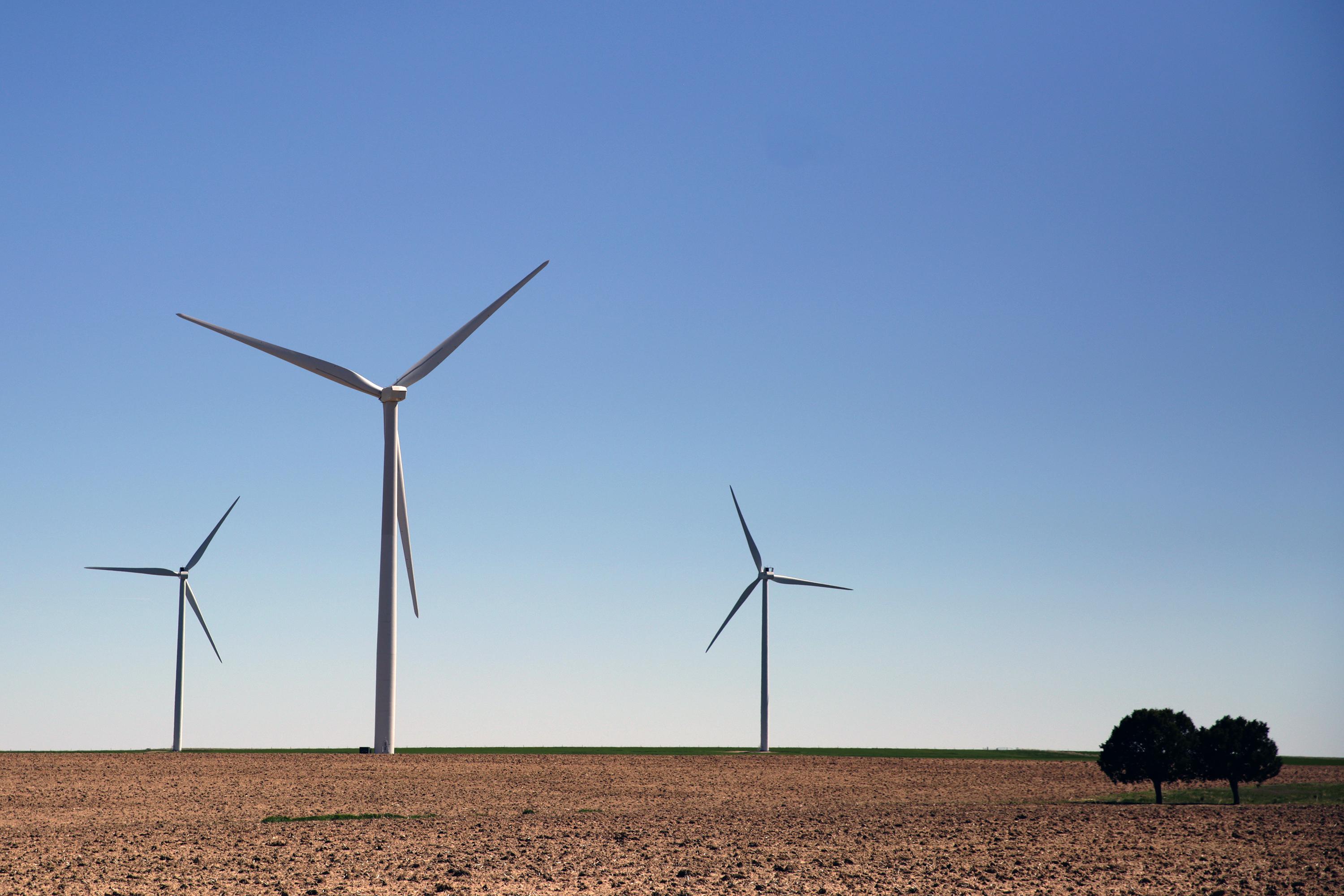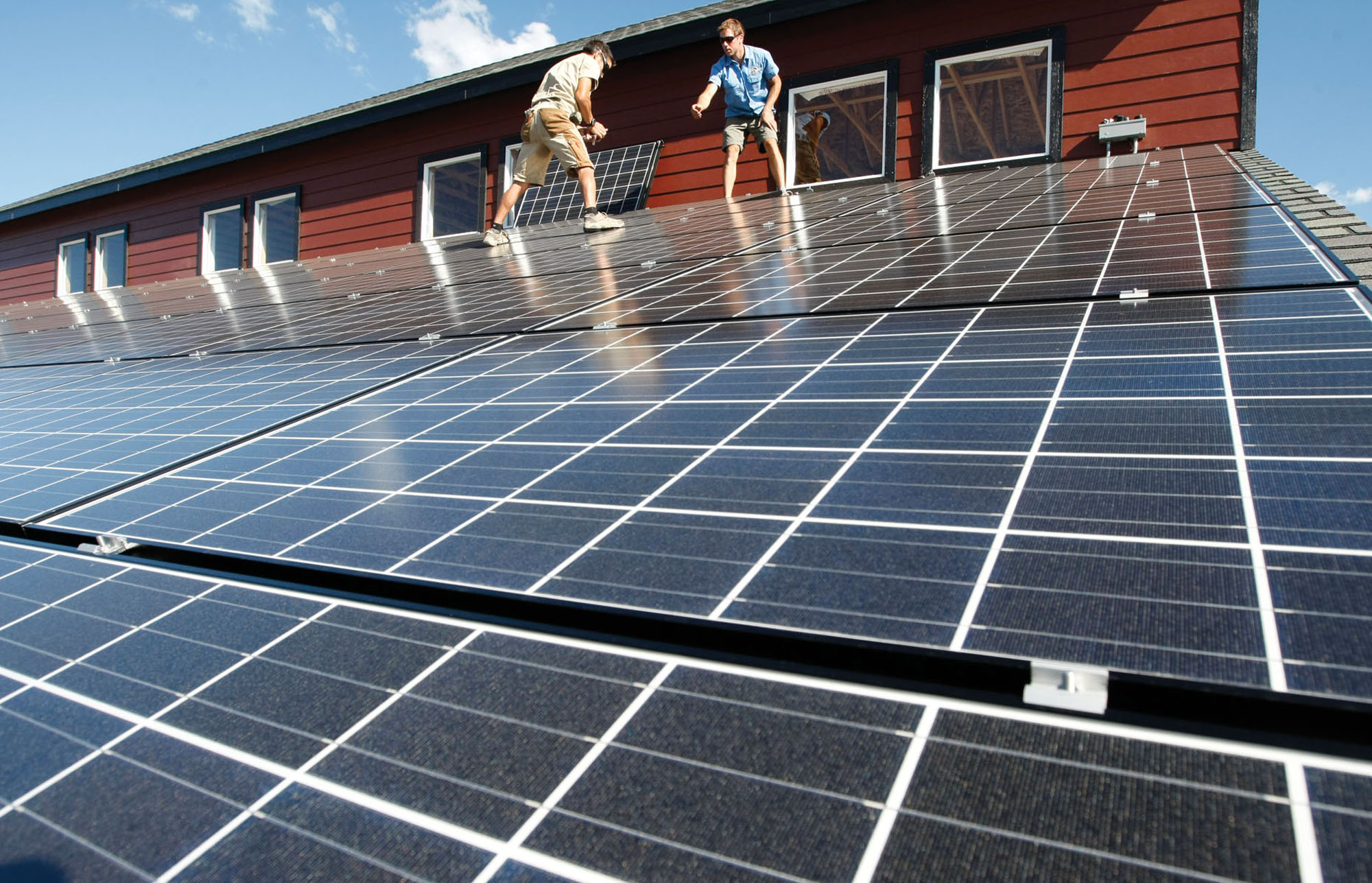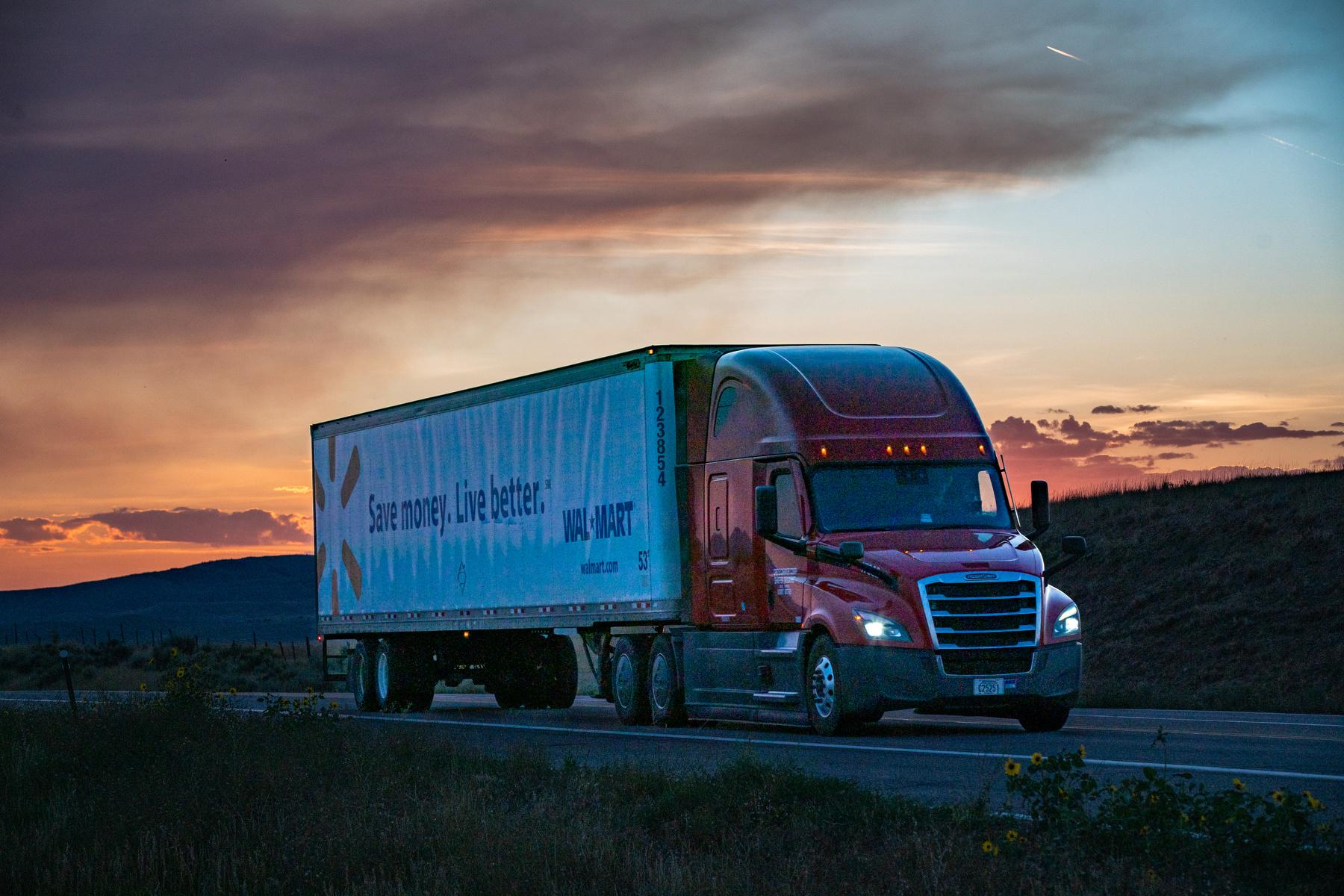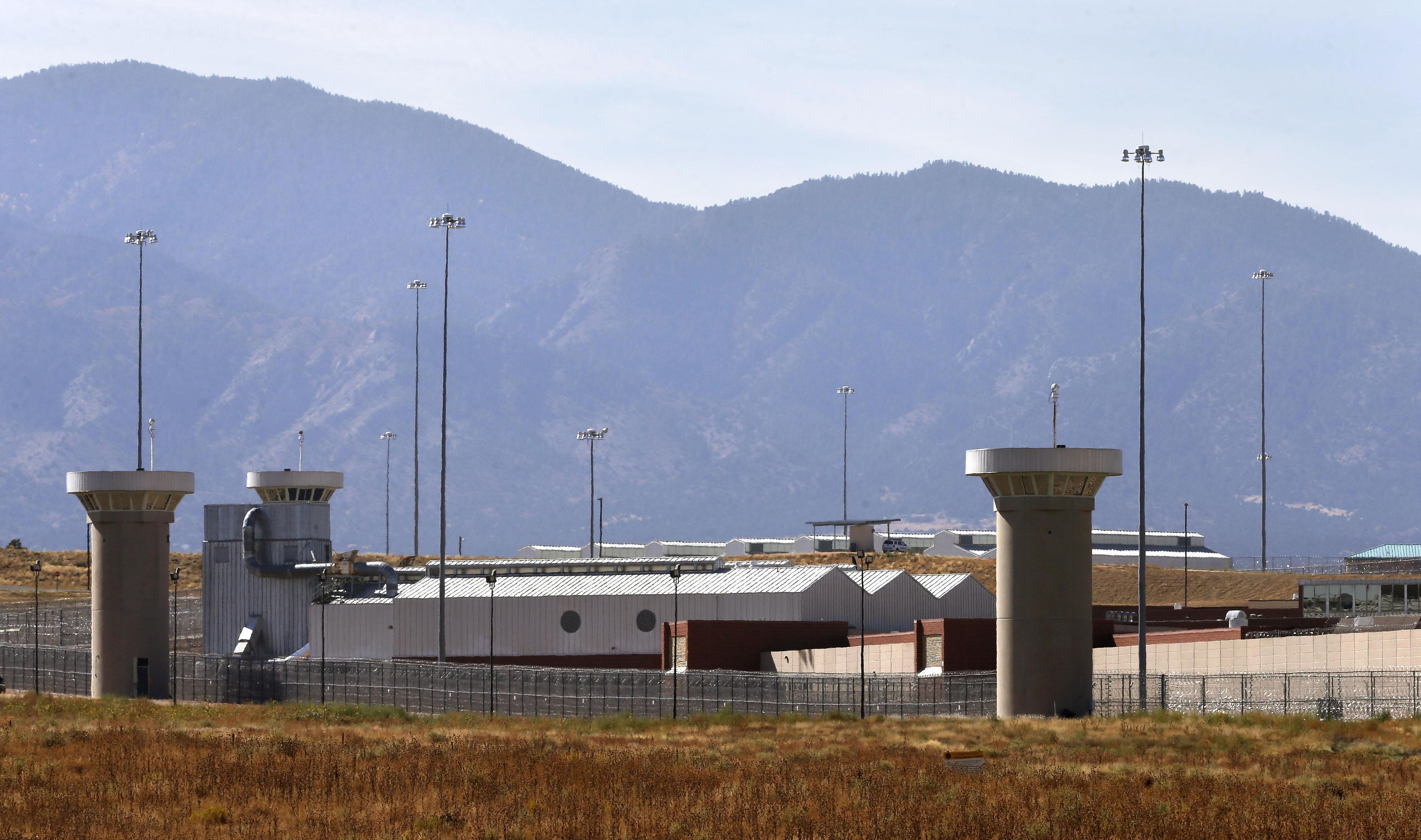

Unaffiliated voters overwhelmingly supported Colorado Democrats in the midterms. And for some, Gov.-elect Jared Polis’ pledge for 100 percent renewable energy by 2040 was a draw.
“If you think about how… inundated with the fossil fuels that we have become, we need to find something better,” said unaffiliated voter John Noyes who cast his ballot for Polis. “We need to find something more renewable.”
Noyes lives outside Grand Junction with his family and is surrounded by public lands. As the Trump administration opens up more of it for energy development and drilling, Noyes worries about the impact. He voted for Polis because he knows the future governor “likes the environment.”
Since the dawn of the Trump administration, action on climate change has fallen to states, cities, counties and private businesses. While outgoing Gov. John Hickenlooper wrote an executive order to cut carbon emissions, there’s palpable excitement Gov.-elect Polis could go beyond that with his 100 percent renewable pledge.
“This whole change is moving faster than anyone ever could have imagined,” said Kelly Nordini, executive director of the environment nonprofit Conservation Colorado. “So Polis putting out a bold 100 percent goal, I think people really responded to that.”
At the national level, there might be efforts in Congress to green up the grid with the Green New Deal. But Timothy Fox, vice president and research analyst for ClearView Energy Partners said “states have more policy levers to pull” because the Federal Power Act gives more discretion locally than compared to the federal government.
Fox describes the trend as “green states getting greener.” So how green can Colorado go in 2019?
Just a few years ago, 100 percent renewable energy goals were pie-in-the-sky academic thought experiments. However, with the cost of wind and solar plummeting in Colorado, renewables can compete and sometimes beat the price of fossil fuels. The new economic landscape reality prompted the state’s largest utility, Xcel Energy, to pledge a 100 percent carbon free goal for 2050.
It’s worth pointing that a carbon-free goal is different compared to a 100 percent renewable goal. California opted for a carbon pledge, in part so it could rely on nuclear energy.
For Polis, the distinction isn’t as important as putting more wind and solar on the grid.
“One of the great things about this transition is that it’ll create tens of thousands of good green jobs that will never be outsourced,” Polis said after Xcel’s December announcement.

Several potential legislative bills could accelerate growth in 2019. Polis said some options could make it easier for rural electricity companies to incorporate more wind and solar into their grids, or lifting the cap on what community scale solar gardens could produce.
“There’s a lot of great ideas that both Republicans and Democrats have, and we want to work with people in both parties to help achieve this goal for cleaner air and to do our part on climate,” Polis said.
Getting along isn’t always easy though. In the past, state Democrats have sparred with Republicans over how much to promote renewables compared to fossil fuels. The fight grew bitter in 2017 and nearly shut down the Colorado Energy Office.
“I think there are solutions that help business. There’s a lot of money to be made by combating climate change. And we need to tap into that energy,” state Democratic Sen. Elect Faith Winter said.
In 2018, Winter pushed the urgent need to address climate change as she campaigned for her seat. She won one of the most competitive senate districts in the state.
In addition to boosting renewable energy policies, Winter and other Democrats want to limit the amount of carbon that businesses and large polluters put into the air. Winter said this “could provide a hard cap,” or it could be an “aspirational” goal.
Colorado has been aspirational before. In 2004, it passed the first voter-approved renewable energy mandate in the U.S. Winter wants to get back to that point.
“I am confident that this year we are going to be a leader in the country on climate change issues,” Winter said.
Input from industries, local governments and others. And if cutting carbon will cost companies money, Winter can expect a fight. All of the details matter because Democrats have just a slim majority in the state Senate. Ultimately, ClearView Energy partners Vice President Timothy Fox said Polis and Democrats may have to compromise and agree on some less ambitious goals, perhaps even a renewable target below 100 percent.
“An election can incite ambitious ideas.” Fox said. “But the legislative process is a little bit more stubborn. And there might be some softening of the targets in that process.”









